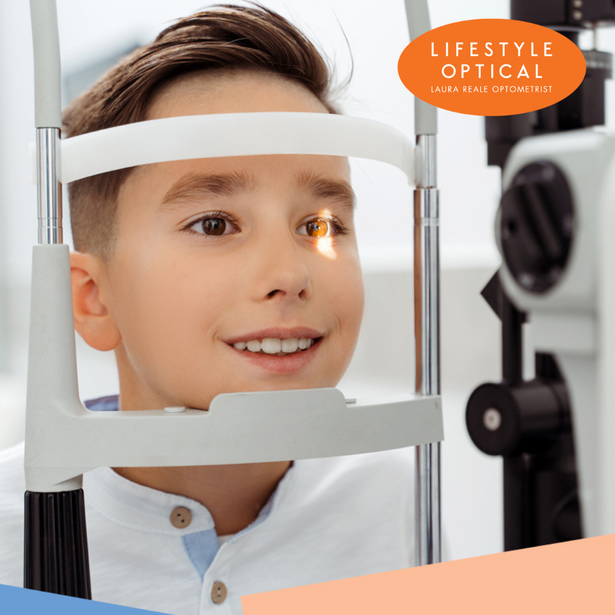
Let’s Talk Myopia
By Laura Reale, Optometrist
What Is Myopia — and Why Are Optometrists So Concerned?
Myopia, or short-sightedness, is a common vision condition where distant objects appear blurry.
Adults with myopia typically need glasses for driving, watching TV, playing sports, or going to the cinema. Children, however, rely on clear distance vision to learn — so when they develop myopia, they often struggle to see the whiteboard or their teacher clearly.
Eye care professionals are increasingly alarmed by the rising number of children developing myopia. The Brian Holden Vision Institute predicts that by 2050:
-
👁️ 50% of the global population will have Myopia
-
⚠️ 10% will develop High Myopia, a severe form that significantly increases the risk of vision loss
This is not just an Australian issue — it's a global concern.
Why Is Myopia a Problem?
Left unmanaged, Myopia can lead to permanent vision damage later in life, increasing the risk of:
-
Retinal detachment
-
Glaucoma
-
Cataracts
-
Myopic macular degeneration
The key to protecting vision is early intervention. Treatments like specialty glasses, contact lenses, or eye drops can slow the progression and preserve healthy eyesight through childhood and into adulthood.

Why Does the Eye Become Short-Sighted?
The eye becomes Myopic through a process where the eyeball elongates horizontally. This causes incoming light to focus in front of the retina instead of on it — resulting in blurred distance vision.
The triggers for this elongation include several known risk factors:
1️⃣ Genetics – Family History of Myopia
If one parent has myopia, their child has a 25% chance of developing it.
If both parents are myopic, the risk jumps to 50%.
📊 (Insert graph here showing the correlation between parental myopia and risk in children)
2️⃣ Too Much Near Work
Spending long periods on close-up tasks — like reading or screen time — puts pressure on the visual system.
More than 45 minutes of continuous “near work” can lead to visual strain, especially in children using tablets, phones, and laptops frequently.
3️⃣ Lack of Outdoor Time
Outdoor time matters!
Natural light helps regulate eye growth. Studies show that at least 2 hours a day spent outdoors can significantly reduce the risk of developing myopia.
4️⃣ Ethnicity
Children of East Asian descent have a 1–3 times higher risk of developing myopia, even in similar environments.
5️⃣ Your Child’s Prescription
Optometrists assess whether your child’s vision is progressing faster than normal using age-specific norms.
Even if your child doesn't currently wear glasses, yearly eye exams help catch changes early. If they already have myopia, they may need more frequent check-ups.
💡 Laura's Tips to Slow Down Myopia
-
Screens Down, Eyes Up
Limit screen time to sessions of 45 minutes or less. -
Spend 2+ Hours Outdoors Daily
Get outside every day to support healthy eye growth. -
Yearly Eye Tests
Catch changes early and adjust your child’s treatment as needed. -
Follow Your Optometrist’s Plan
Whether it’s glasses, drops, or contact lenses — consistency matters.
👓 Myopia Is Manageable — Let’s Protect Your Child’s Sight
With the right care, your child can enjoy clear, healthy vision for years to come. Myopia doesn’t need to get worse — but early action makes all the difference.
📅 Book your child’s eye test with Laura Reale today
👉 Book an Appointment
-
 Established
Established
in 2000 -
 Warranty on Frames
Warranty on Frames
& Lenses -
 Australian Owned
Australian Owned
& Operated -
 Wide-ranging
Wide-ranging
Selection







